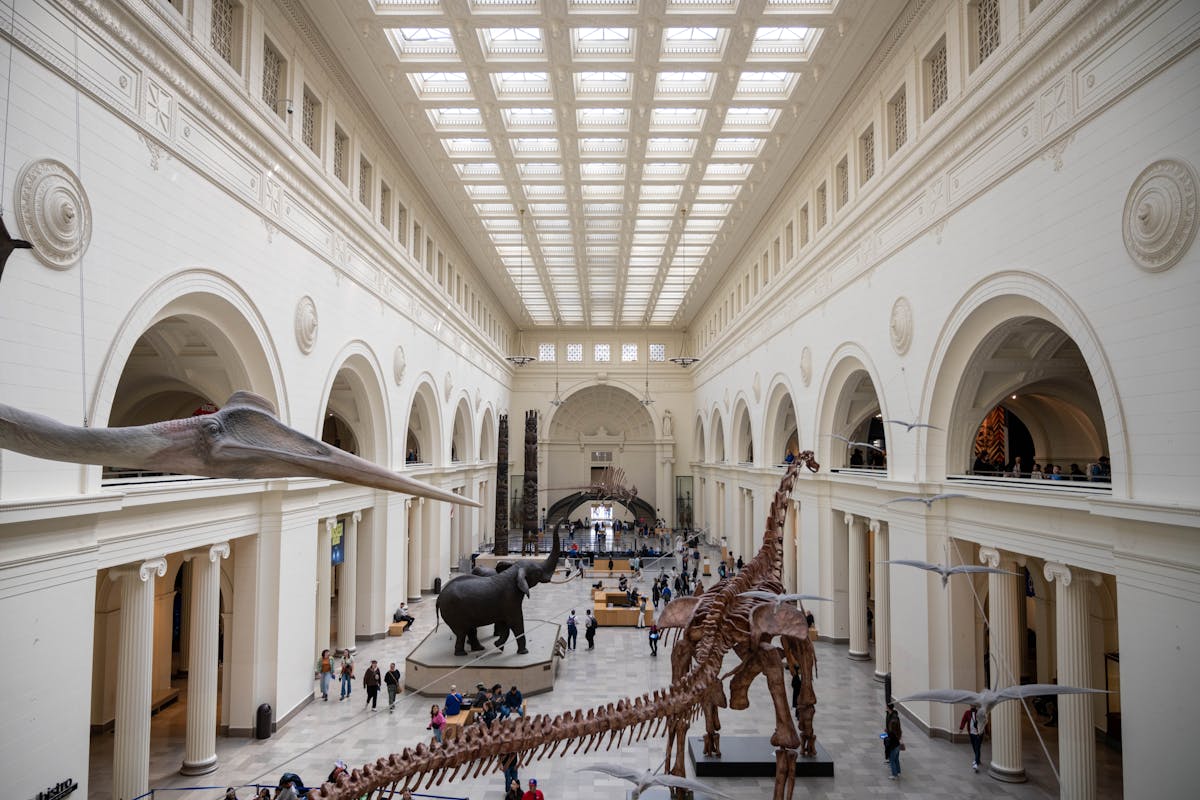In a remarkable twist of nature, an ant queen has been observed giving birth to two entirely different species. This rare phenomenon offers new insights into genetics, evolution, and the intricate social dynamics of insect colonies.
The findings, documented by entomologists following meticulous observation and genetic study, question the traditional perception of ant reproduction. Normally, a queen ant gives birth to her own species’ offspring, which maintains the colony’s consistency and unity. Nonetheless, in this exceptional instance, the queen was discovered to have produced offspring from two distinct species, a situation that researchers deem as remarkable and uncommon.
This phenomenon provides a unique opportunity for researchers to examine the underlying mechanisms of reproductive biology, hybridization, and genetic plasticity in insects. The implications extend beyond ants, offering a window into evolutionary processes that may occur under specific environmental or genetic conditions.
The science behind the phenomenon
Ant colonies are often celebrated for their complex social structures, with the queen serving as the reproductive heart of the colony. In most species, she produces eggs that develop into workers, soldiers, or new queens, all sharing a consistent genetic lineage. The emergence of offspring from two species disrupts this norm and prompts questions about genetic compatibility, reproductive strategies, and species boundaries.
Researchers involved in the study conducted extensive genetic testing to confirm the identities of the offspring. Their findings revealed that the queen’s eggs had somehow diverged genetically, resulting in one set producing individuals of her species while another set belonged to a closely related species. Such occurrences are exceedingly rare and suggest either previously unknown reproductive mechanisms or unusual environmental triggers that influence gene expression.
The occurrence is not just intriguing but also holds scientific importance. It questions established beliefs regarding reproductive isolation and species loyalty in ants. Gaining insight into the reasons and mechanisms behind this two-species reproduction might reveal wider concepts of evolution, adaptation, and genetic versatility in social insects.
Consequences for the study of evolutionary biology and genetics
Esta revelación tiene profundas consecuencias para la biología evolutiva. Usualmente, las especies se definen por su capacidad de reproducirse exitosamente dentro de un linaje específico. No obstante, el caso de una reina hormiga produciendo dos especies difumina estos límites, sugiriendo que en determinadas circunstancias, las barreras reproductivas pueden ser superadas o evitadas.
Certain researchers propose that these events may signify an uncommon type of crossbreeding or genetic irregularity, which could offer benefits for evolution in specific surroundings. For instance, the creation of progeny from two different species might enable a community to vary its labor force, adjust to fresh ecological roles, or enhance durability in the face of environmental challenges.
From the perspective of genetics, the scenario represents a natural study into gene expression and inheritance. Scientists have the opportunity to analyze how one person can impact the development of descendants with varied characteristics and investigate the molecular processes that enable such uncommon reproductive results. These findings might have implications extending past entomology, contributing to wider research on genetic regulation, mutation, and the evolution of complex features.
Social dynamics within the colony
The birth of two species within one colony raises questions about social cohesion and organization. Ant colonies rely on communication, chemical signaling, and cooperative behavior to function efficiently. Offspring from two distinct species could introduce new challenges for colony management, including differences in behavior, task specialization, or interaction patterns.
Entomologists noted that, in spite of genetic variations, the colony maintained impressive stability. This finding implies that ant social systems might be more flexible than once believed, as they can incorporate genetic diversity without falling apart. It also underscores the possible influence of environmental signals and chemical communication in preserving unity even with genetic differences.
Understanding how colonies handle such anomalies could shed light on broader principles of social evolution. In particular, it may reveal how cooperative systems can remain functional in the face of genetic variation, offering parallels to studies of social behavior in other animals, including humans.
Environmental elements and possible catalysts
Although the exact reasons behind this uncommon reproductive occurrence are still being studied, researchers are investigating various possible catalysts. Factors like environmental stress, including shifts in temperature, food supply, or habitat disturbances, might impact gene expression in a manner that encourages atypical reproductive results.
Additionally, interactions with species closely related in the neighboring environment might influence this. Some scientists propose that contact with chemical signals or pheromones from other species could initiate developmental processes resulting in cross-species reproduction. If validated, this mechanism would demonstrate a sophisticated connection among genetics, environment, and social behavior that is more complex than previously understood.
Future studies are likely to focus on replicating these conditions in controlled laboratory settings, testing how environmental variables influence reproductive outcomes. These experiments could help clarify whether the phenomenon is a rare anomaly or a natural strategy that occurs under specific ecological circumstances.
Wider influence on entomology and conservation efforts
The discovery of a queen producing offspring from two species has significant implications for entomology and biodiversity research. It challenges assumptions about species boundaries, reproductive fidelity, and colony dynamics, providing new avenues for study in evolutionary biology and ecology.
Additionally, the discovery might have an impact on conservation approaches. Numerous ant species perform essential functions in ecosystems, including pollination, seed dispersal, and soil engineering. By comprehending how genetic diversity and atypical reproductive behaviors impact the resilience of colonies, it could guide initiatives to safeguard threatened species and uphold ecological equilibrium.
By studying rare events like dual-species reproduction, scientists gain insights into the adaptability and complexity of social insects. This knowledge could help anticipate how species respond to environmental change, invasive species, or habitat fragmentation, enhancing conservation efforts and ecological management.
Interest from the public and learning potential
Unusual discoveries like this one capture public interest and provide excellent opportunities for science education. The notion of a queen ant giving birth to two species is visually striking, easy to communicate, and naturally sparks curiosity. Educators can use this case to teach genetics, evolution, and social behavior in a way that is both engaging and memorable.
Beyond classrooms, such stories highlight the unpredictable and wondrous aspects of the natural world. They remind the public that science is full of surprises and that even well-studied organisms can reveal new mysteries. This sense of wonder is essential for cultivating a broader appreciation for research and the value of studying diverse ecosystems.
The sight of a queen ant giving birth to offspring from two separate species is a remarkable occurrence that has significance in the fields of genetics, evolution, ecology, and social behavior. It questions the traditional concepts of species limits, offers knowledge on the flexibility of social insect communities, and ignites public interest in the natural environment.
As scientists continue to investigate the genetic, environmental, and behavioral factors behind this phenomenon, the findings are likely to contribute to broader knowledge of evolutionary mechanisms and reproductive biology. While rare, such discoveries highlight the complexity and unpredictability of life, demonstrating that even in the well-ordered world of ant colonies, surprises can arise.
This event underscores the importance of continued research into social insects and their ecological roles. By studying anomalies like dual-species reproduction, scientists gain a deeper understanding of adaptation, resilience, and the interplay between genetics and environment—a testament to the endless fascination of the natural world.





